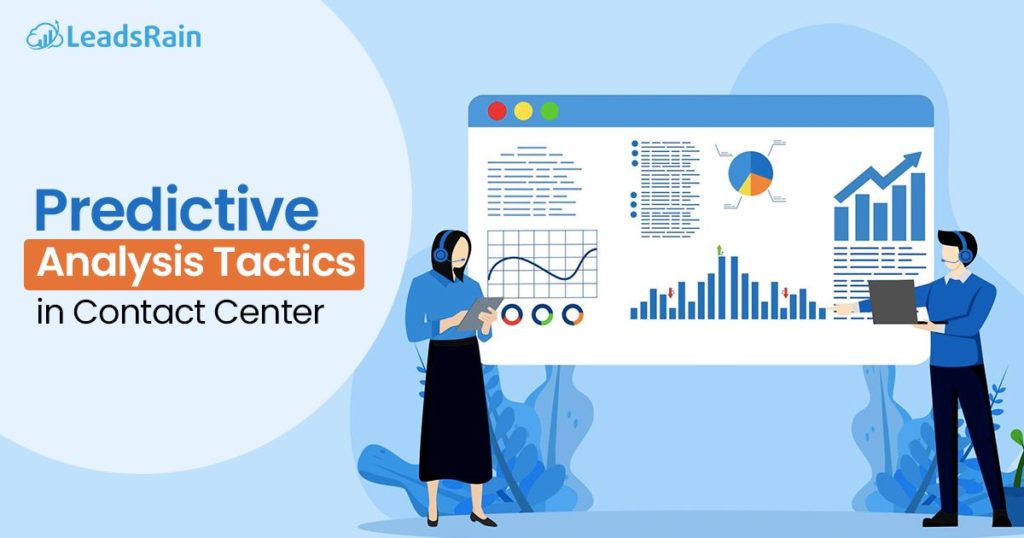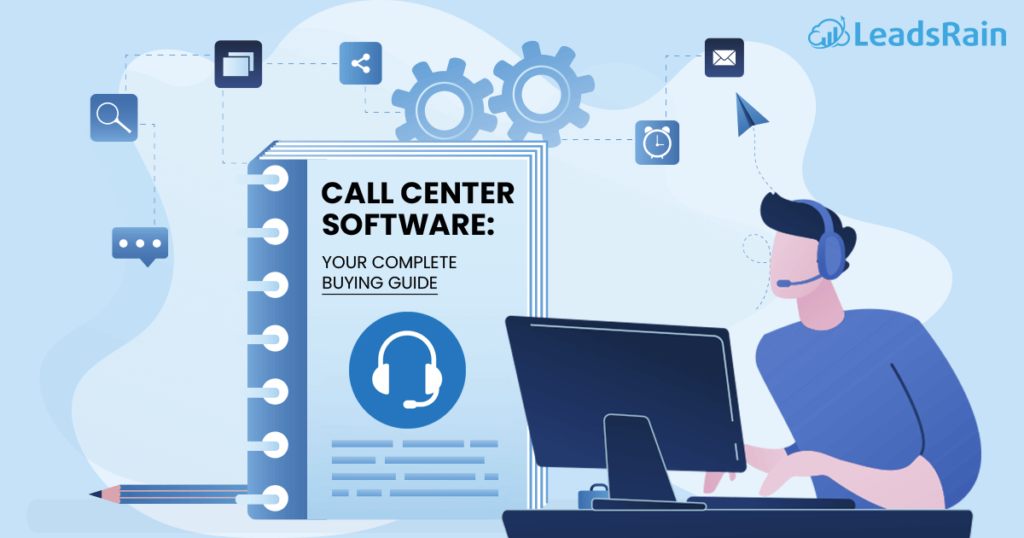Unlike many industries, call centers enjoy almost unlimited data on its operations, both in real time and historically quantities.
For example , management know how many calls agents are taking a day, the number of calls received by the call center at all, the type of calls you received and how long on average each call had to be handled . They also know when its agents are connected when they had a break and when they have logged out.
Usually call center operations are measured by key indicators , most often ,
1. Performance against service level . EG 80/20 which means that 80 % of all calls must be answered within 20 seconds .
2. Lost call rate . This is the percentage of all incoming calls that are abandoned by the caller before they have spoken to an agent.
Usually call centers performance is evaluated by comparing the two previous indicators against a budgeted figure agreed . So if a call center is not meeting its objectives in these areas , it is expected that the management action plans to implement to ensure the achievement of these goals is achieved.
What has surprised me is the amount of times I’ve gone to a call center operation and discover that these two key performance indicators call centers, which determine if a call center is running ” well” or not , often they miscalculated !
How can this happen? Are not the figures provided by the call center ACD ( telephone system ) ?
If these figures are calculated automatically by the ACD, but you must ensure that the ACD is calculating odds with the reality of how your center is properly configured. What do I mean ?
A typical call center typically begin with a ” welcome notice ” . This is where the caller hears a recorded message telling them to have sounded . If you have a fairly basic operation of the call center, this could be the only announcement before the call is queued to a skill group agent . But there is a problem here, unless you have configured your information correctly, you underestimate their performance.
By default, the ACD will report on every call from the moment you connect to your ACD. Thus, in the example above the rate of missed the call center will include all calls abandoned before these calls are queued until an agent skill group. I.e. they had no chance to answer them. Typically, these calls are wrong numbers where the caller hears the greeting and realizes they have dialed the wrong number and hangs up. These should not be included in the call drop rate as its center never got the chance to answer them!
Similarly, the time for the call to be answered i.e. their level of service is also calculated from when the call first came in the ACD. Again the length of time the caller waited while playing the “welcome notice” is included in the waiting time. Like the type of missed call example, this is not a true reflection of their performance, because the call was not queuing at that stage.
The effects of this problem is bigger, the most sophisticated of its operation. You can have several announcements before the call is queued to an agent finally being time eating their level of service .
The remedy to this solution is to ensure that every report is a fair and accurate reflection of the operation of your call center. Each type of ACD is responsible for the coordination of these indicators in different ways to make sure you understand how your ACD them is the calculation and make changes to your information, as needed.
Although this may seem obvious that I have seen countless examples where call centers have been getting this wrong.
Check your call center today; you may be able to improve the performance of call center overnight!
For more information about how Cloud Based Auto Dialer, Voice Broadcasting Software, Call Center Software, Cloud based Auto Dialer and Hosted IVR may work for your small business, visit the LeadsRain.com.




